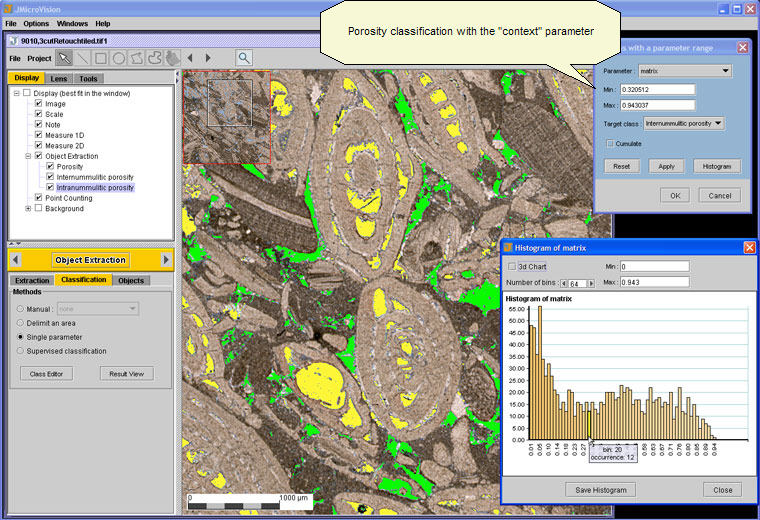

Pumice blocks show no evidence of ballistic impact (such as sag structures or jigsaw-fit breakage). Pumices ~20 mm in diameter are subrounded, while large lapilli and blocks (20–300 mm) are subangular to angular. At one location, a pumice bed is fully clast-supported ( Fig. Pumice beds are poorly sorted (σ Φ = 1.7 see Figure 1C for grain-size distribution) and typically contain 70%–80% pumice lapilli and blocks (5–300 mm) with rare lithic lapilli. Typically <2 m thick, xspB consists of pumice-rich beds 50–800 mm thick bounded by ash-rich beds <100 mm thick ( Smith and Kokelaar, 2013). The proximal Poris Formation includes a parallel-stratified to cross-stratified pumice-block facies (xspB Fig. In this study, we (1) disentangled hybrid lithofacies using previously reported examples, (2) defined a new proximal hybrid lithofacies based on evidence from the 273 ka Poris Formation of Tenerife (Canary Islands) and the 46 ka Green Tuff of Pantelleria (Italy), and (3) considered its significance for interpretation and modeling of volcanic hazards. Deposits that capture simultaneous processes are common at tuff cones and maars (e.g., Cole et al., 2001 Zanon et al., 2009, and references therein), but there are relatively few studies of such hybrid deposits formed during Plinian eruptions (e.g., Valentine and Giannetti, 1995). However, during an eruption, multiple processes related to the eruption column, fountaining, and pyroclastic density currents (PDCs) may impact the same location at the same time. Pyroclastic deposits may be interpreted to record either plume (fallout) or pyroclastic density current (lateral) activity. This work highlights the importance of recognizing hybrid deposition both in the rock record and in hazard modeling.Īnalysis of pyroclastic stratigraphy can reveal the behavior and magnitude of explosive eruptions (e.g., Fisher and Schmincke, 1984), providing input parameters for numerical models (e.g., Pyle, 1989 Bursik and Woods, 1996 Doyle et al., 2010) and informing hazard analysis (e.g., Bonadonna et al., 2005). The facies is proposed to record the simultaneous interaction of very proximal fallout and turbulent PDCs, and it reveals a fuller spectrum of hybrid deposition than previously reported. The coarse pumice block facies has an openwork texture and correlates with distal Plinian units, but it is cross-stratified and relatively poorly sorted with an erosional base. This study presents analysis of a novel hybrid pyroclastic lithofacies found on Tenerife (Canary Islands) and Pantelleria (Italy). Such hybrid units may be created where fallout and PDCs act simultaneously, where a transitional phase between the two occurs, and/or due to reworking. However, pyroclastic deposits are often considered from either a fallout or pyroclastic density current (PDC) perspective, with little attention given to facies exhibiting characteristics of both processes. The deposits of Plinian and subplinian eruptions provide critical insights into past volcanic events and inform numerical models that aim to mitigate against future hazards.


 0 kommentar(er)
0 kommentar(er)
